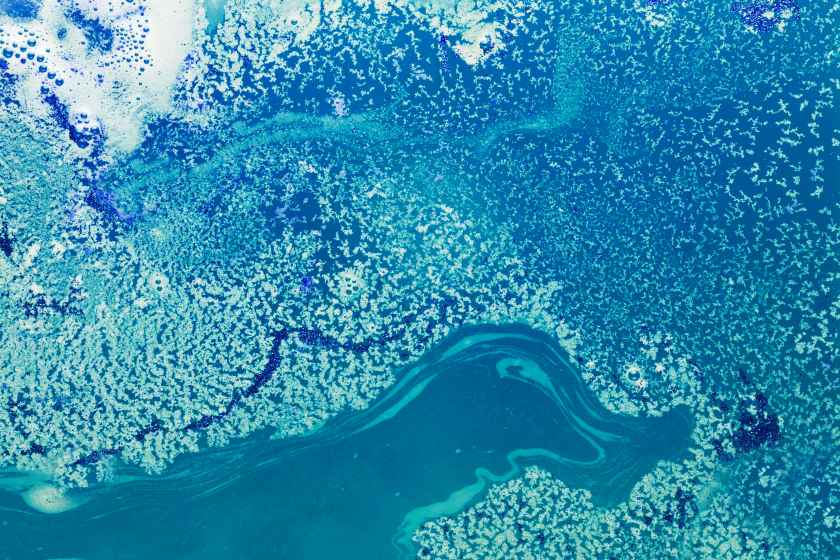A severe toxic algal bloom, dominated by Karenia mikimotoi, has engulfed 4,400 km² of South Australia’s southern coastline since its discovery in March 2025. This has resulted in the death of over 13,850 marine animals, causing significant ecological destruction and impacting local fisheries and tourism. Popular areas like the Fleurieu Peninsula and Kangaroo Island have seen drastic declines in visitor numbers due to concerns over environmental safety and health risks associated with the affected waters.
The fishing industry, vital for local livelihoods and seafood tourism, has been hard-hit as marine life suffers from oxygen depletion, leading to empty nets and closed farms. In response, the South Australian government has allocated AUD 28 million for cleanup, support for fisheries, and marketing efforts to stimulate tourism in unaffected regions. They are also collaborating with researchers to understand and mitigate long-term effects of the algae bloom, which is partially attributed to climate crisis factors like marine heatwaves.
While immediate assistance is underway, challenges remain in revitalizing the tourism sector, especially with the enduring threat of climate-driven environmental changes. The necessity for climate-smart tourism practices and adaptation strategies is emphasized to ensure the recovery of South Australia’s renowned coastal ecosystems and tourism reputation.



